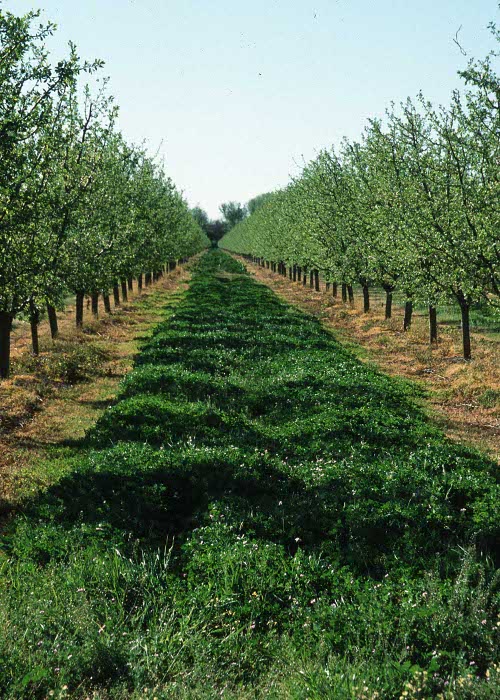
Many responsible consumers would like to be able to buy fruits and vegetables that have been raised in a sustainable manner, and many retail and food service entities want to be able to respond to that demand. There are multiple existing and in-process efforts to define “Sustainability” for the specialty crops that make up the fruit and vegetable sectors. I have been participating in some of these discussions and reading the scientific publications on the subject. I’m going to throw out “my vision of Sustainable Production” for these crops, which is really based on that literature and on the practical innovations by the farming community. I’ve already written and posted about what sustainable farming might mean for the major row crops. There are some similarities, but many differences.
I would submit that Sustainable Fruit and Vegetable Production should entail the following eight features in terms of on-farm activities. I will write separately about post-farmgate changes that are needed.
1) Minimal Soil Disruption
Plowing of soils is unlike anything that occurs in nature. It leads to a loss of sequestered carbon and to the degradation of the aggregates that make for a healthy, aerated, biologically active, and nutritionally buffered soil. For perennial fruit tree and vine crops it is quite practical to avoid any tillage of the soil for weed control by using herbicides to control weeds in the “row” and mowing in the “middles.” For annual vegetable crops this is a more challenging issue. There are systems that involve permaculture, hydroponics, and other systems that do not involve the extensive “working” of the soil to make a planting bed. There is the possibility of moving GPS-based “precision agriculture” into this segment as well (to limit soil compaction).
2) Cover Cropping
In perennial tree and vine crops, the “middles” (the space between the rows) can be managed as a permanent cover crop. This avoids erosion, reduces dust, provides a home for beneficial insects and can provide some of the crop’s nitrogen is a legume is included. In dry areas this should be a drought tolerant mix of species so that irrigation is only needed for the main crop.
3) Optimized Plant Nutrition
From an environmental point of view, the biggest single issue for Agriculture is the impact of fertilization. It takes a lot of fossil fuel to produce the nitrogen fertilizer and to move all the other major fertilizer components to where they are used. Nitrogen and phosphorus fertilizers can contaminate ground or surface waters. Nitrogen fertilizer can be converted to the potent (>300 x CO2) greenhouse gas, nitrous oxide. The best way to avoid all of these problems is to only deliver fertilizer to crops at the rate and timing that they can extract it from the soil and use it. For many specialty crops this is actually a practical possibility. Fertilizers can be delivered through the irrigation water (drip, sprinkler etc…) and growers can choose how much to deliver when based on testing of the growing crops themselves. This is already a common practice for many specialty crops
4) Optimized Plant Genetics
Growers of vegetable crops have continuously improving options in terms of productivity, pest resistance and quality. This is a much slower option for perennial fruit crops. There are even significant advances in the productivity that comes from “rootstocks” for greenhouse grown tomatoes and cucumbers. Producing more from the same or less area is definitely key to sustainability and genetics plays an important role in optimal productivity.
5) Optimized Pest Management
Many people would like the idea of no pesticides, but these are not people that farm. Pests are a very real issue. Since the 1970s there has been a discipline call “Integrated Pest Management” supported by ag universities and other entities. It seeks to minimize sprays and to use sprays that are the least disruptive to natural biological controls. These approaches are widely employed in specialty crop agriculture today. Modern pesticides are far, far less toxic to us and far less damaging to the environment, and used in an IPM approach they are a key part of making sustainable use of the other resources that go into growing a crop.
6) Labor Efficiencies
One of the most challenging issues for specialty crop farming is that many require a great deal of human hand labor. In places like the US that have failed to meaningfully address immigration or “guest worker” issues, there is already great uncertainty about the future labor supply that is influencing what crops are declining. Future demographic trends towards an older society mean that manual farm labor will only become more difficult to supply and more expensive. Any changes that allow increased mechanization or changes that reduce labor costs (e.g. more uniformity of maturity for harvest) will make a given crop more sustainable.
7) The Logical Use of Protected Culture
Weather is always a source of uncertainty in agricultural production, but various degrees of “protected culture” from screenhouses, to frost-protection tunnels, to simple greenhouses to elaborate greenhouses can increase the predictability, and often the overall productivity of farming. As land, water and labor supplies are stretched, this sort of intensification makes more and more sense.
8) A Logical Balance of Fresh, Frozen and Canned Output
This is really a post-farmgate issue, but since most growers intentionally grow intending for sales to one of those specific markets, I will include it in this list. Society has a preference for fresh produce and there can certainly be flavor and nutritional advantages; however, getting fresh produce to distant markets in good condition is an energy-intensive endeavor. “Local” production could only ever solve part of that issue and when it is less efficient in terms of yield or handling/shipping it can actually be worse from a sustainability point of view. There are some fruit and vegetable crops that can be very flavorful and nutritious in frozen form, and with good insulation, once the energy has been spent to get it frozen, it can be stored and shipped that way quite efficiently. A good comparative life cycle analysis (LCA) could define which commodities might be best delivered frozen, at least for parts of the year.
Cover crop image by Gary Kramer of the NRCS
You are invited to comment here or email me at savage.sd@gmail.com. My website is Applied Mythology.

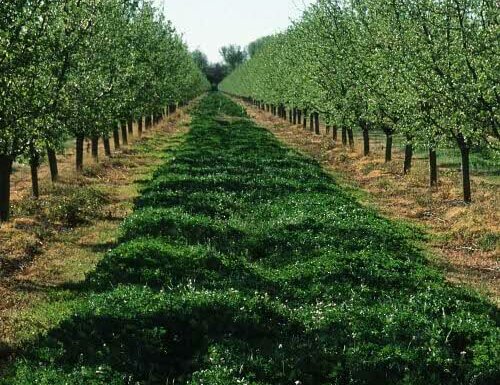
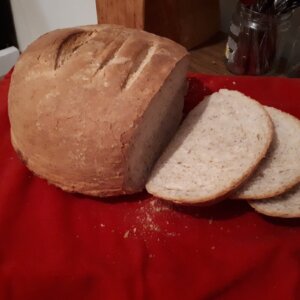
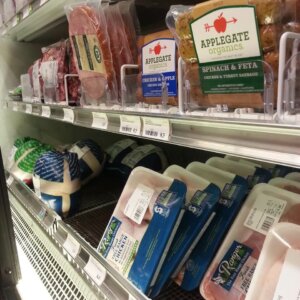
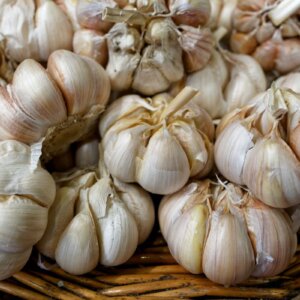


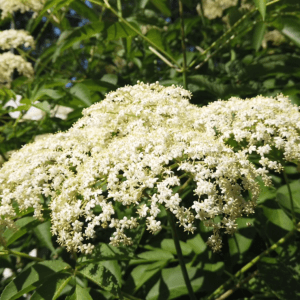

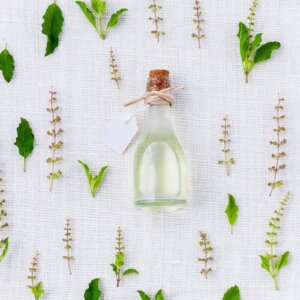

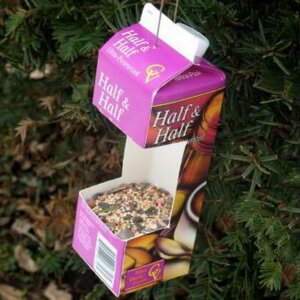

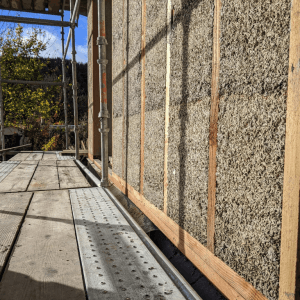

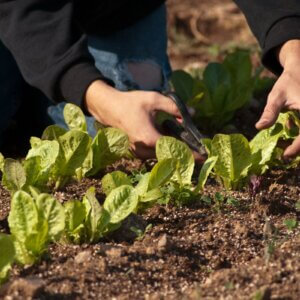


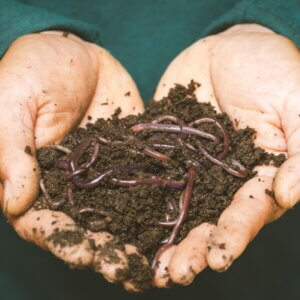
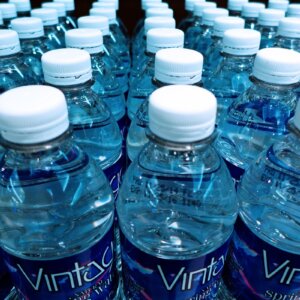

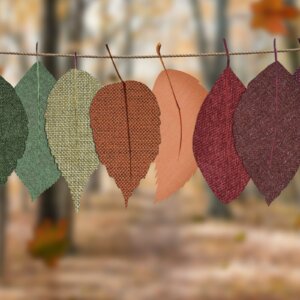



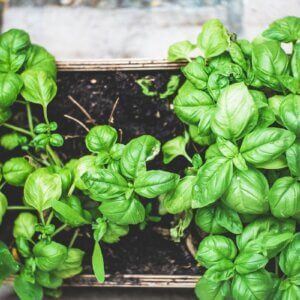
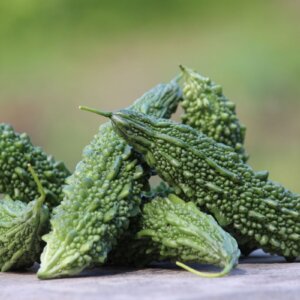


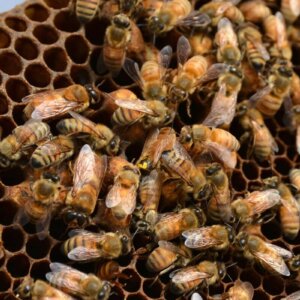
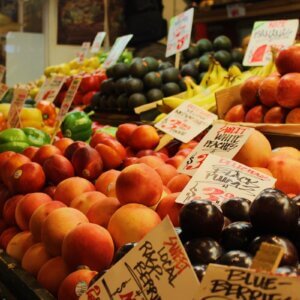

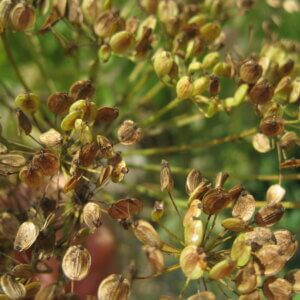



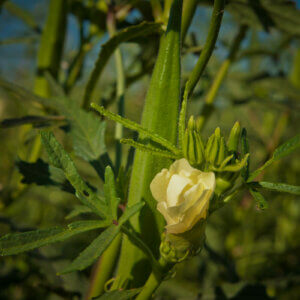
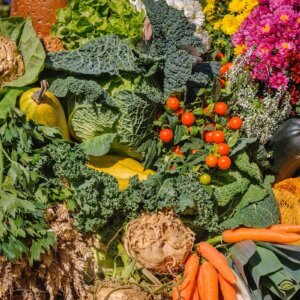


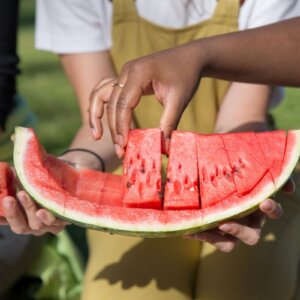
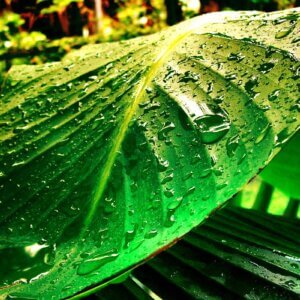
Steve,
One of the changes we are seeing here in the Great Northwest is density, which could be #9 on your list. As we go through the planning process, and giving sustainability its due diligence, we know that for optimal land use we need to plant as many as four times the number of trees per acre as one would have in a traditional orchard.
With the use of dwarfing rootstocks and drip irrigation combined with trellis building we can increase production per acre by more than 100% over the old methods. By controlling height and width of the trees it simplifies overall management and decreases man hours required for pruning and picking. The orchard becomes a pedestrian enterprise eliminating the needs for ladders and minimizing the need to have as many implements. Additionally we cut fuel and chemical costs further per ton by the increased efficiency.
When it comes to the tree tunnel and the green house these higher density practices become imperative due to the expense of the structures. The structures also perform a secondary function of optimizing spraying procedures because there is less loss to atmospheric considerations like wind and rain, and cuts down on avian predation which accounts for as much as a 15% loss in some crops. An added benefit of controlling cross spraying of incompatible chemicals to neighbor crops and neighbors is an added bonus. Farmland environments can be difficult to live in…
John,
Very good points. Its all about rational intensification. Great examples.
So cool how body/belly (visceral-knowing) just drinks in scenes of cover-cropping. As you reiterate, utterly is right-on, period.